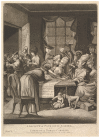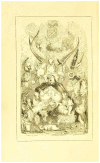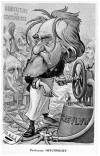The History of the Intestinal Microbiota and the Gut-Brain Axis
- PMID: 36558874
- PMCID: PMC9786924
- DOI: 10.3390/pathogens11121540
The History of the Intestinal Microbiota and the Gut-Brain Axis
Abstract
The gut-brain axis and the intestinal microbiota have been an area of an intensive research in the last few years. However, it is not a completely novel area of interest for physicians and scientists. From the earliest centuries, both professionals and patients turned their attention to the gastrointestinal system in order to find the root of physical and mental disturbances. The approach to the gut-brain axis and the therapeutic methods have changed alongside the development of different medical approaches to health and illness. They often reflected the social changes. The authors of this article aim to provide a brief history of the gut-brain axis and the intestinal microbiota in order to demonstrate how important the study of these systems is for both scientists and medical professionals, as well as for the general public. We analysed the publications accessible through PubMed regarding the microbiota and gut-brain axis history. If available, we accessed the original historical sources. We conclude that although the history of this science might be long, there are still many areas that need to be researched, analysed, and understood in future projects. The interest in the subject is not diminishing, but rather it has increased throughout the years.
Keywords: gut-brain axis; history of medicine; microbiota.
Conflict of interest statement
The authors declare no conflict of interest.
Figures





References
-
- Miller I., Baron J.H. The Stomach: A Biography. Four Thousand Years of Stomach Pains: Literature, Symptoms and Epidemiology. Soc. Hist. Med. 2014;27:189–190. doi: 10.1093/shm/hkt091. - DOI
Publication types
LinkOut - more resources
Full Text Sources

